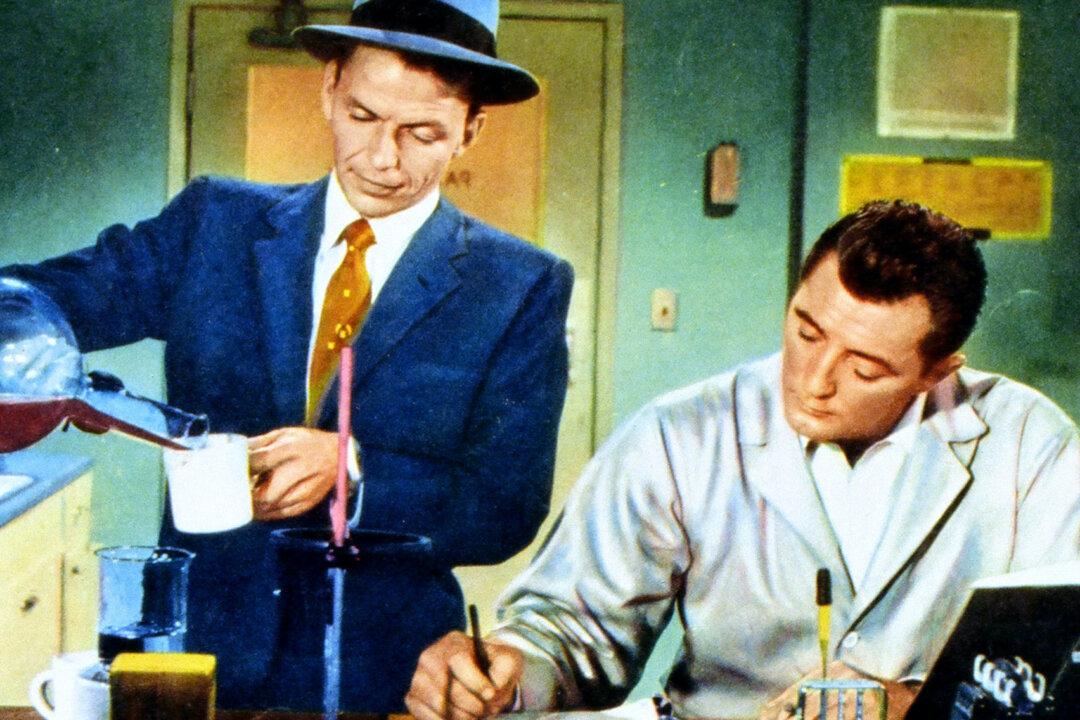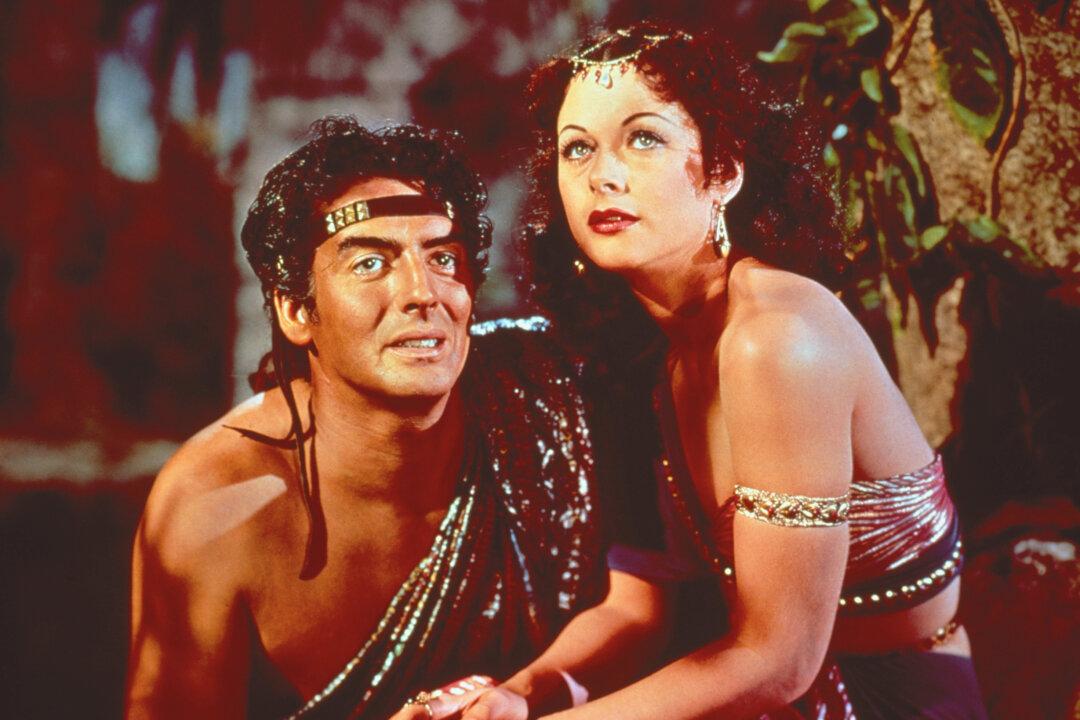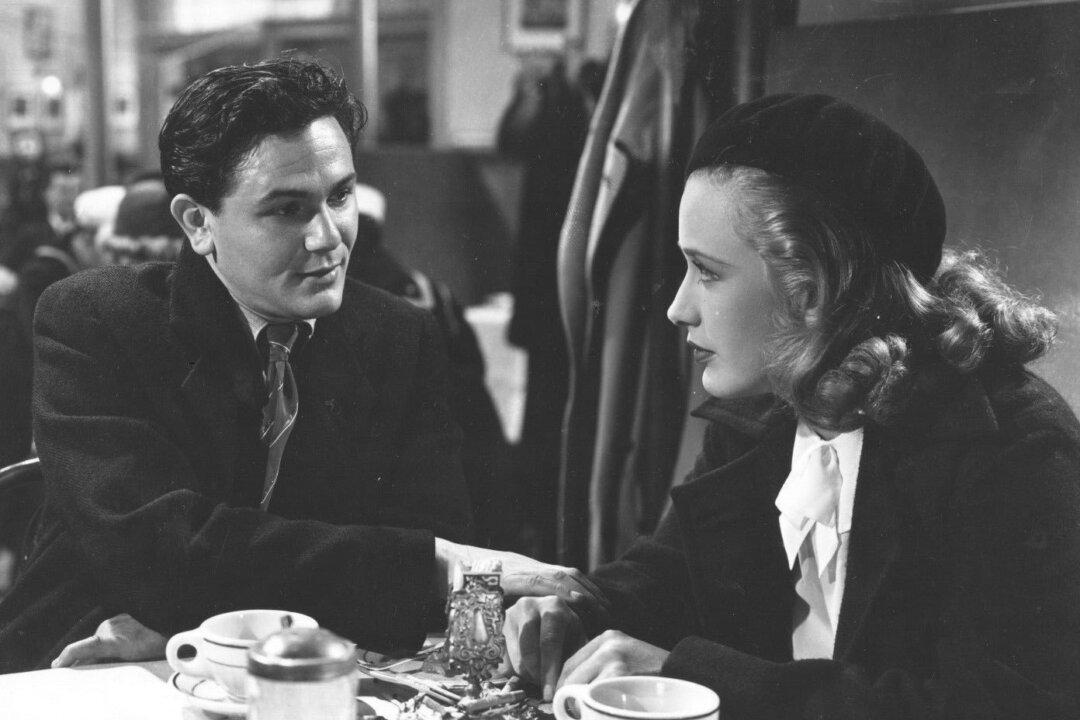Commentary
I don’t usually review movies released after 1954. That’s why I was initially hesitant to watch and write about “Not as a Stranger” (1955). However, it’s a highly-acclaimed film because of its prestigious cast, adaptation of an award-winning play, and direction from first-time director Stanley Kramer.





